Výběr správných lyží je zásadní pro úspěšný a příjemný zážitek z lyžování. S množstvím možností na trhu může být těžké vědět, kde začít. V tomto článku vám poskytneme komplexního průvodce, jak vybrat správné lyže s ohledem na různé faktory, jako je vaše lyžařská úroveň, preference terénu a osobní preference.
1. Určete svou lyžařskou úroveň
2. Zvažte svůj preferovaný terén
Pokud se vám skiboardy zdají nevhodné pro vaše lyžování, podívejte se na Snowfeet Skis, které jsou se svou délkou 156 cm více než vhodné pro jakékoliv podmínky, na které můžete narazit.
Připravte se na své další zimní dobrodružství
Ve všech ostatních terénech jsou nejvhodnější kratší skiboardy. Výběr skiboardů dlouhých 99 nebo 120 cm vám otevře nové dveře k radostnějšímu a snadnějšímu lyžování.
3. Délka lyží
Ale mějte na paměti, že dlouhé lyže jsou velmi omezující a jen vás budou brzdit. Pokud se bojíte prašanu a uvíznutí, můžete zvolit dlouhé skiboardy (120 cm), které vás udrží na hladině.
Pro všechny ostatní situace zvažte pouze rovnováhu mezi podporou delších lyží a volností kratších lyží. Pokud jde o délku lyží, neměli byste podlehnout mantru lyžařského průmyslu - „čím delší, tím lepší“. Mějte na paměti, že chcete svou jízdu užívat a ne se unavit táhnutím dvou těžkých kusů dřeva připevněných k nohám.
Vyberte délku, která vám nejlépe vyhovuje
Co se stane, když jsou mé lyže příliš krátké?
Jednou z hlavních obav při používání příliš krátkých lyží je, že mohou omezit vaši rychlost a stabilitu na svazích. Tyto obavy jsou neopodstatněné. Kratší lyže jsou obecně manévrovatelnější a snazší na zatáčení a mohou být stejně stabilní jako dlouhé lyže. Pokud hledáte větší stabilitu u kratších lyží, důrazně doporučujeme zvolit skiboardy, které poskytují velmi dobrou oporu na svazích.
4. Šířka a tvar lyží
5. Flexe a tuhost
6. Vázání a kompatibilita
Kratší skiboardy (do 99 cm délky) jsou k dispozici také s vázáním na snowboardové boty. V takovém případě můžete považovat pohodlí za svou nejvyšší prioritu.
Delší skiboardy (od 120 cm) a dlouhé lyže jsou vybaveny uvolňovacími vázáními, což je nejbezpečnější volba pro jakoukoli jízdu.

7. Vyhledejte odbornou radu
Jak vybrat lyže pro děti
1. Zvažte jejich věk a úroveň schopností
První věc, kterou je třeba zvážit při výběru lyží pro vaše dítě, je jeho věk a úroveň schopností. Pokud vaše dítě teprve začíná, budete chtít vybrat lyže, které jsou kratší a snadněji zatáčejí. Jak bude pokročilé, můžete zvolit delší lyže, které jsou stabilnější při vyšších rychlostech. Nebo dokonce krátké lyže, které vyžadují lepší stabilitu a připomínají bruslení na ledě nebo kolečkové brusle.
2. Vyberte správnou velikost
Velikost lyží, které vyberete pro své dítě, bude záviset na jeho výšce, váze a úrovni schopností. Lyže, které jsou příliš dlouhé, mohou být obtížně ovladatelné, zatímco lyže, které jsou příliš krátké, mohou být při vyšších rychlostech nestabilní. Pro děti často doporučujeme Snowfeet's Skiskates 65, které jsou dostatečně stabilní, ale zároveň velmi lehké a snadno ovladatelné.
Můžete si vybrat z různých délek

3. Zvažte tvar a pružnost lyže
Tvar a pružnost lyže jsou také důležité faktory. Lyže, které jsou širší a mají větší poloměr zatáčení, se lépe zatáčejí, zatímco lyže s užším středem jsou lepší pro carving na upravených sjezdovkách. Pružnost lyže je také důležitá. Měkčí lyže se lépe zatáčejí a jsou vhodnější pro začátečníky, zatímco tužší lyže poskytují větší stabilitu při vyšších rychlostech.
Jsou užší lyže lepší pro začátečníky?
Jednou z hlavních výhod užších lyží pro začátečníky je jejich užší tvar, který je lehčí a snadněji ovladatelný a říditelný.
Výhody lehkého a snadného pohybu však mohou poskytnout i krátké a široké lyže. Široké a krátké lyže, konkrétně skiskates a snowfeet, poskytují výhodu pevné základny, která usnadňuje proces učení. Jsou také snadno ovladatelné a snadno se na nich učí.
Navzdory jejich výhodám existují také některé nevýhody používání užších lyží pro začátečníky. Jednou z hlavních nevýhod je, že užší lyže jsou méně stabilní při vyšších rychlostech. Je to proto, že mají menší plochu, což je méně účinné při carvingu zatáček na tvrdém sněhu. To může být problém pro pokročilejší lyžaře, kteří rádi jezdí vysokou rychlostí.
Navíc jsou úzké lyže méně účinné v hlubokém prašanu nebo v terénu mimo sjezdovku. Je to proto, že jejich úzký střed ztěžuje plavání na povrchu sněhu. To může být pro začátečníky náročnější lyžovat za těchto podmínek.
4. Hledejte vázání, která se přizpůsobí rostoucím nohám
Dětské nohy rychle rostou, proto je důležité zvolit lyže s vázáním, které lze přizpůsobit rostoucím nohám. To vám v dlouhodobém horizontu ušetří peníze, protože vaše dítě bude moci používat stejné lyže několik sezón. Vázání Skiboards lze snadno nastavit doma, takže vaše dítě z nich nevyroste.
5. Zvažte typ lyžování, kterému se vaše dítě bude věnovat
Nakonec zvažte typ lyžování, kterému se vaše dítě bude věnovat. Pokud bude většinou lyžovat na upravených sjezdovkách, budete chtít zvolit lyže určené pro upravené podmínky. Pokud bude lyžovat v prašanu nebo mimo sjezdovky, budete chtít zvolit lyže širší a s výraznějším rockerem, které mu pomohou plavat na sněhu.

Nicméně, nejlepší typ lyží jsou ty, které zvládnou obojí, takže se nemusíte starat o nošení dalších lyží.
To byly základy, jak vybrat správné lyže pro vaše potomky. Dále si projdeme podrobnější otázky a problémy.
Jak vybrat lyže pro staršího lyžaře
1. Zvažte svou úroveň lyžařských dovedností
První věc, kterou je třeba zvážit při výběru lyží, je vaše úroveň lyžařských dovedností. Jste začátečník, středně pokročilý nebo pokročilý lyžař? Každá úroveň vyžaduje jiný typ lyží, aby byla zajištěna maximální výkonnost a pohodlí.
Začínající lyžaři budou chtít zvolit lyže, které jsou více odpouštějící a snadno ovladatelné. Středně pokročilí lyžaři mohou preferovat lyže s trochu větší tuhostí, které lépe zvládají vyšší rychlosti. Pokročilí lyžaři mohou zvolit lyže s velkou silou, které zvládnou náročnější terén.
2. Zvolte správnou délku lyží
Správná délka lyží je klíčová při výběru lyží. Lyže, které jsou příliš krátké nebo příliš dlouhé, mohou být obtížné ovládat a mohou způsobovat zbytečné zatížení kloubů.
Pro starší lyžaře se obecně doporučuje zvolit lyže, které jsou o něco kratší, než byste obvykle vybrali. Kratší lyže se snáze zatáčejí a lépe manévrují, čímž se snižuje zatížení kolen a kyčlí. Je však důležité nejít příliš krátce, protože to může vést k nestabilní jízdě a sníženému výkonu.
Jsou krátké lyže lepší?
Ano, jsou. Krátké lyže jsou univerzálně lepší než dlouhé lyže. Některé krátké lyže, jako jsou Skiskates nebo Snowfeet, mohou být výzvou pro lidi zvyklé na delší lyže. Naštěstí existuje mnoho typů krátkých lyží, takže si můžete vybrat správný pár.
Krátké lyže jsou lepší jak pro freestyle lyžaře, kteří chtějí objevovat nové možnosti ve snowparcích, tak pro začátečníky, kteří chtějí odpouštějící lyže, snadné na naučení a jízdu.
3. Zvažte šířku lyže
Šířka lyže, neboli její „střed“, může ovlivnit výkon lyže za různých podmínek. Širší lyže poskytne větší stabilitu v prašanu nebo měkkém sněhu, zatímco užší lyže bude citlivější na tvrdém nebo zledovatělém povrchu.
Pro starší lyžaře se obecně doporučuje zvolit lyže s širším středem. To poskytne větší stabilitu a lyžování v prašanu nebo měkkém sněhu bude pohodlnější a příjemnější.
4. Vyberte lyže s měkčí pružností
Pružnost lyže označuje, jak je lyže tuhá nebo měkká. Lyže s měkčí pružností se lépe zatáčejí a ovládají, což snižuje zátěž na kolena a kyčle. Jsou také více odpouštějící, což je dobrá volba pro starší lyžaře, kteří nemusí mít stejnou sílu a výdrž jako mladší lyžaři.
5. Zvažte systém vázání
Systém vázání je zásadní součástí lyžařského vybavení. Je to rozhraní mezi vašimi botami a lyžemi a může ovlivnit výkon lyže. Pro starší lyžaře se doporučuje zvolit systém vázání, který je snadno ovladatelný a nastavitelný. Hledejte vázání, která jsou lehká a mají jednoduchý design.
6. Nechte si profesionálně přizpůsobit lyže
Nakonec je nezbytné nechat si profesionálně přizpůsobit lyže při jejich výběru. Profesionál vám pomůže vybrat správnou délku, šířku, pružnost a systém vázání podle vašich specifických potřeb. Také může upravit vázání tak, aby bylo správně nastavené, což snižuje riziko zranění a zlepšuje váš celkový lyžařský zážitek.
Závěr
Výběr správných lyží zahrnuje zvážení vaší lyžařské úrovně, preferovaného terénu, délky, šířky a tvaru lyží, pružnosti a tuhosti, vázání a vyhledání odborné rady, pokud je potřeba. Pokud tyto faktory zohledníte, můžete najít lyže, které vyhovují vašim individuálním potřebám, což vám umožní si sjezdovky užít naplno. Pamatujte, že správné lyže mohou zlepšit váš lyžařský zážitek a přispět k lepšímu výkonu a celkové radosti na horách.
Vybavte se a objevujte nové zážitky

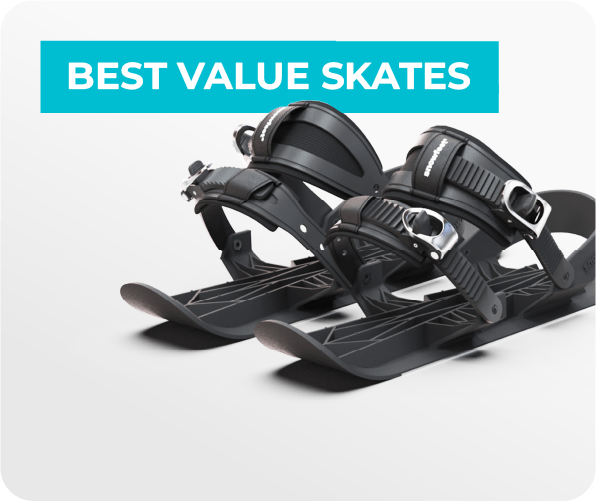
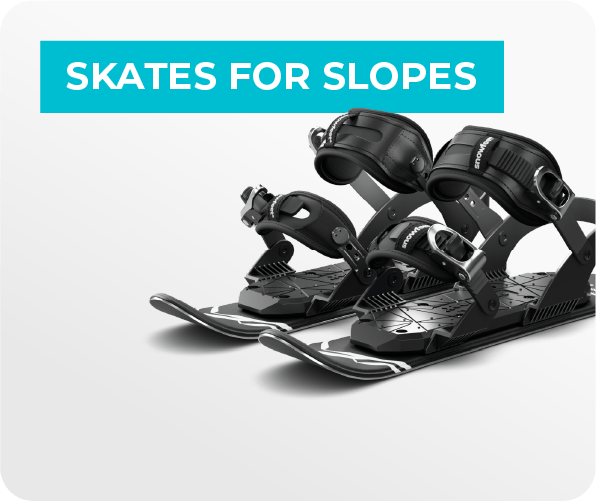
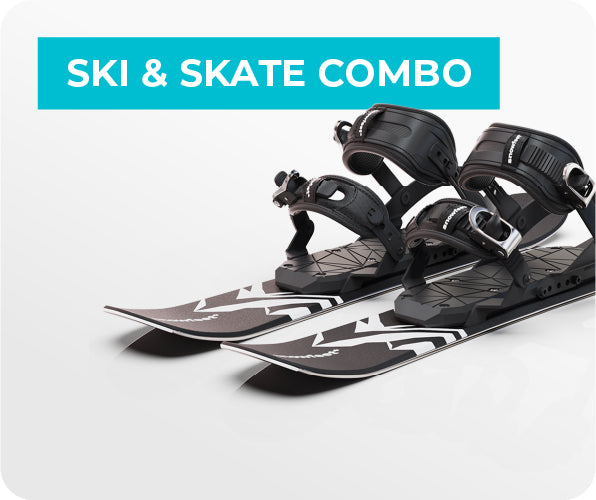
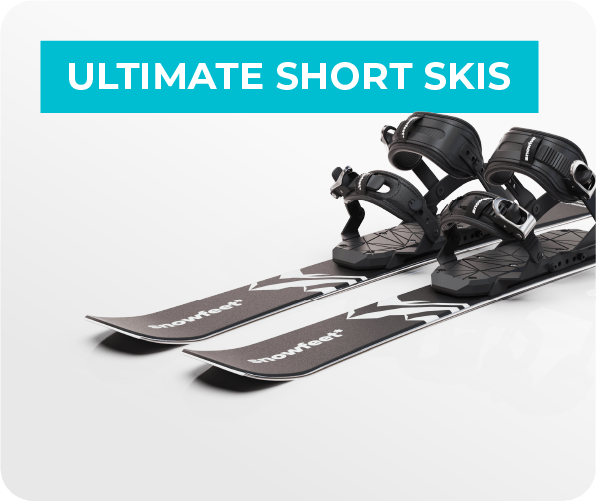
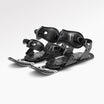
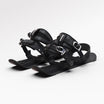
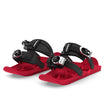
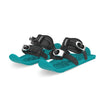
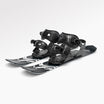
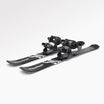
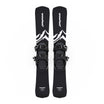
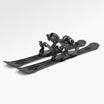
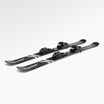
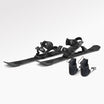
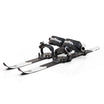
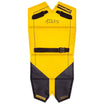
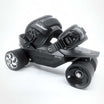
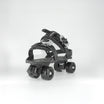
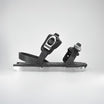
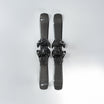
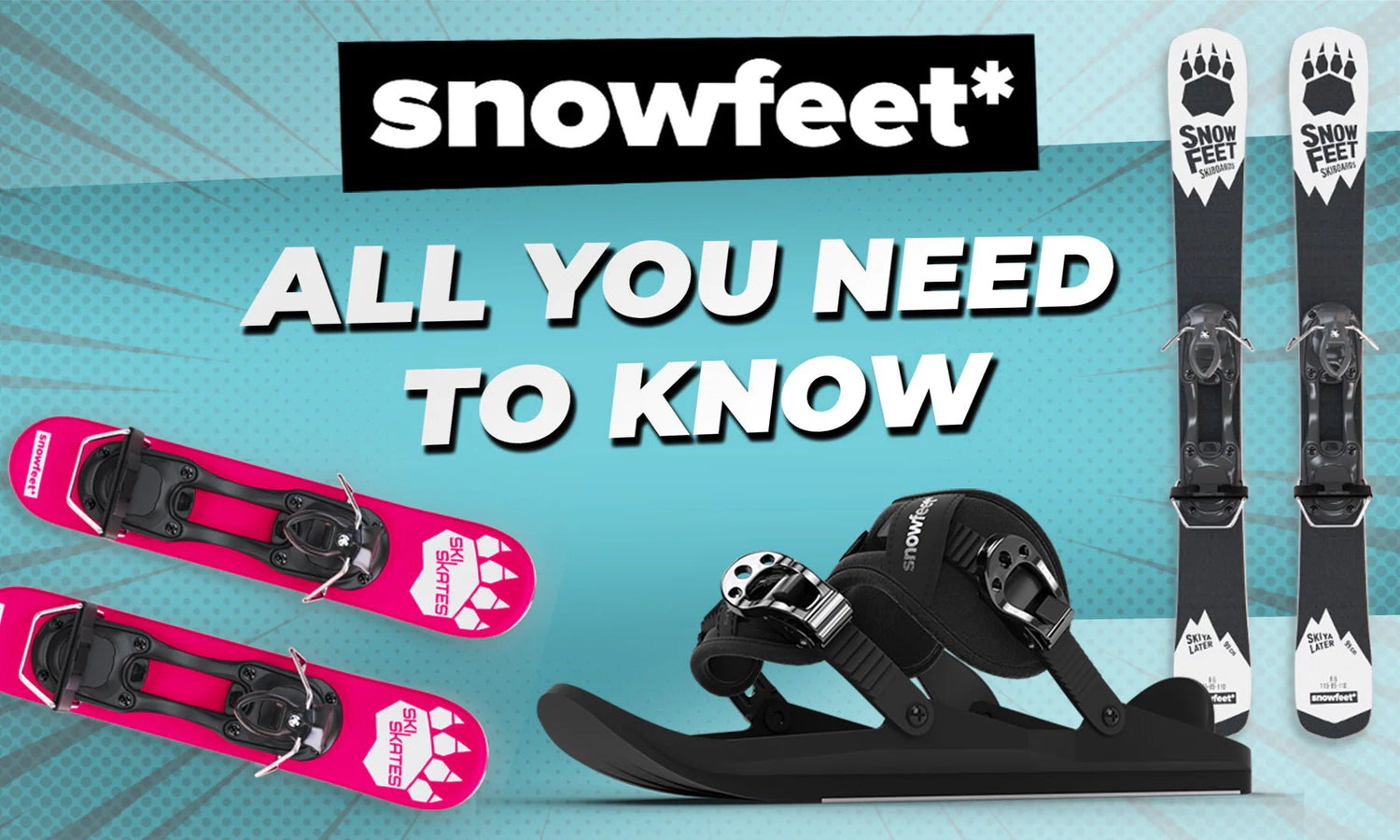










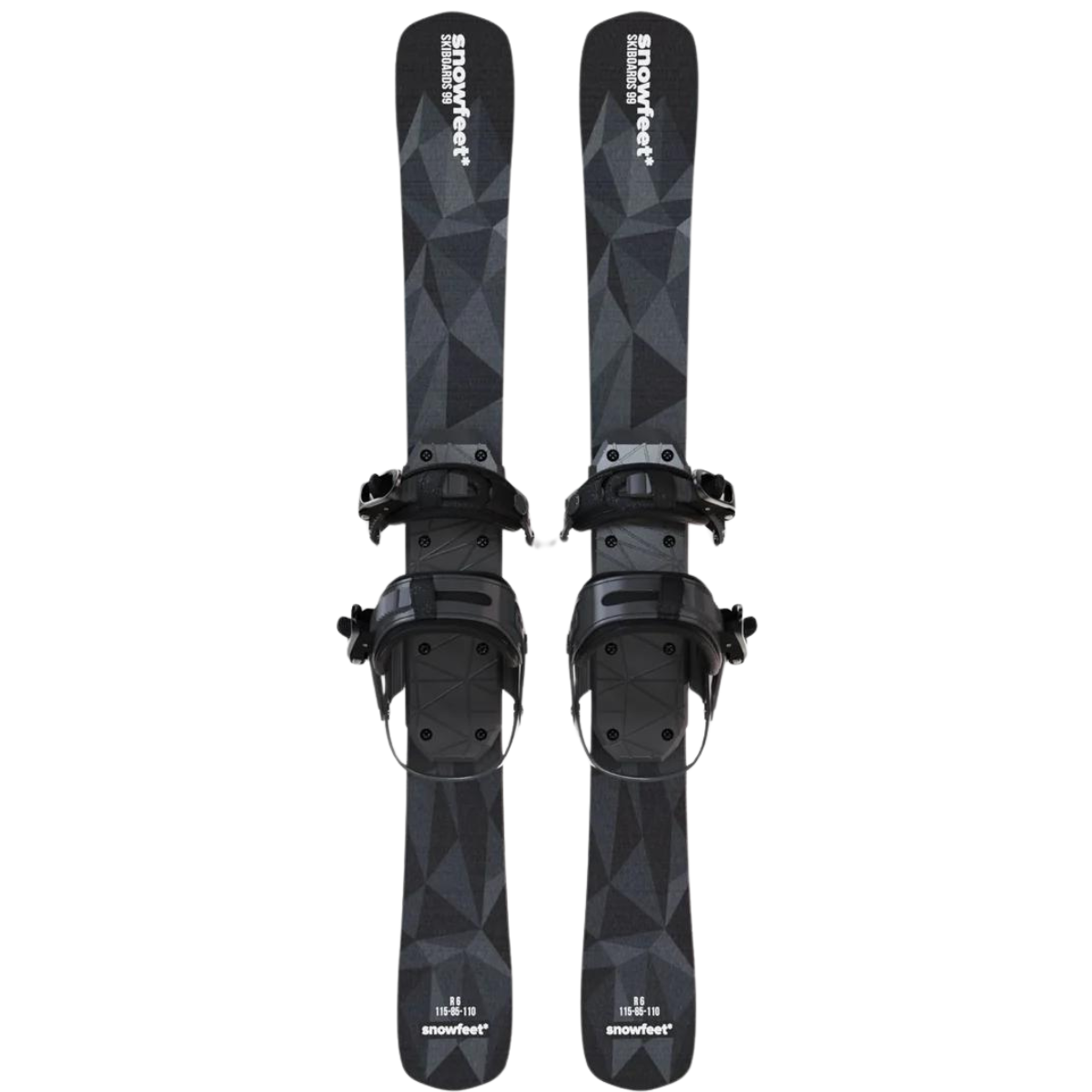




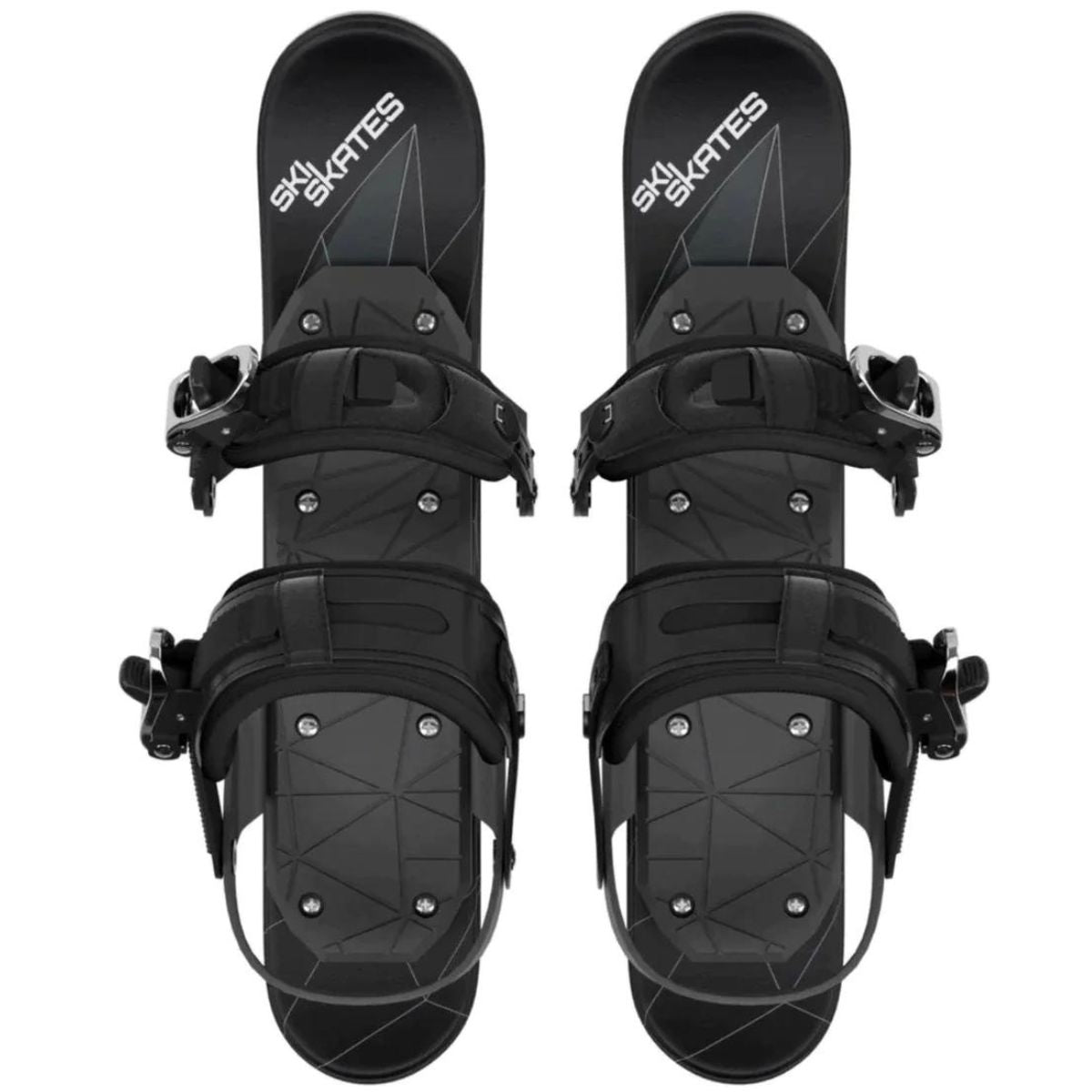
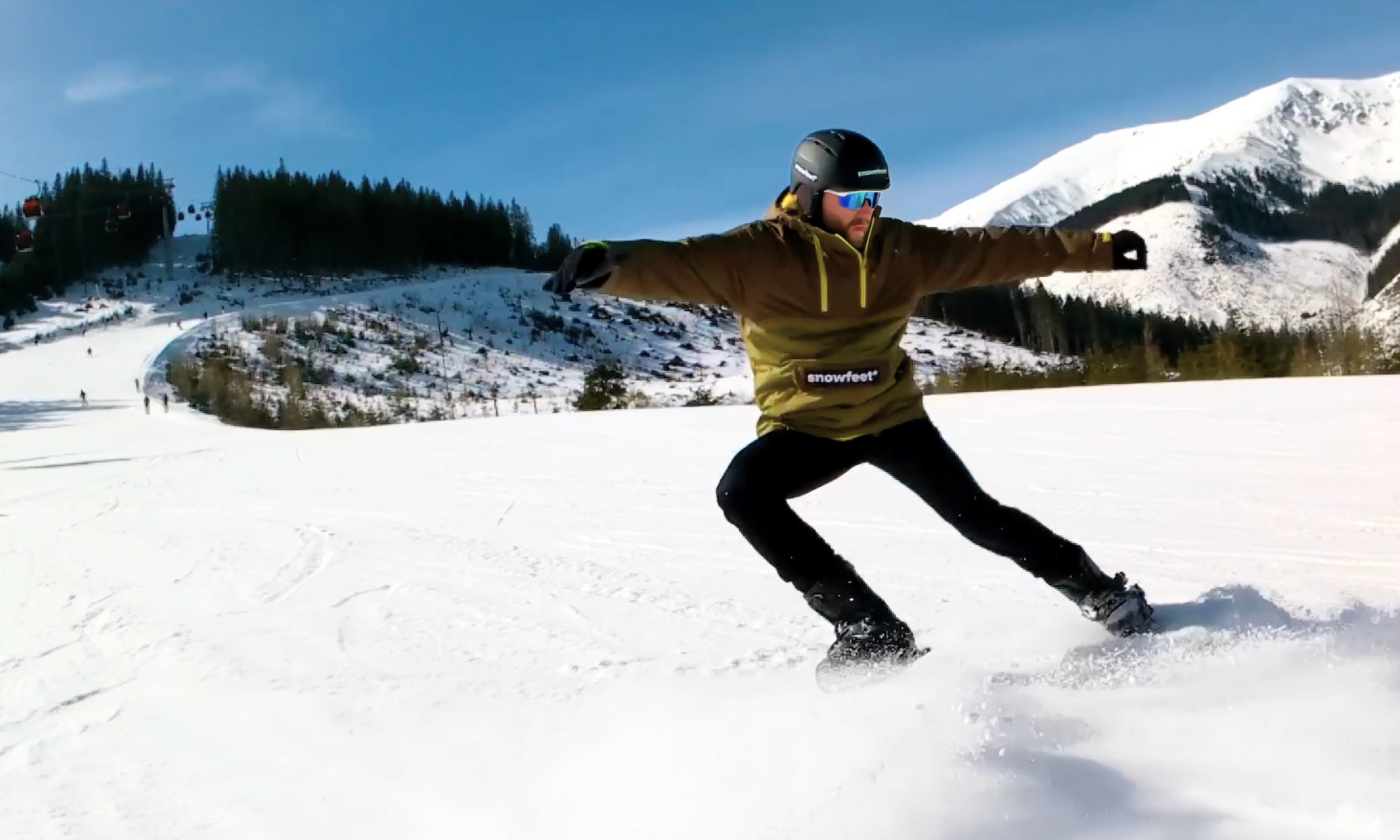
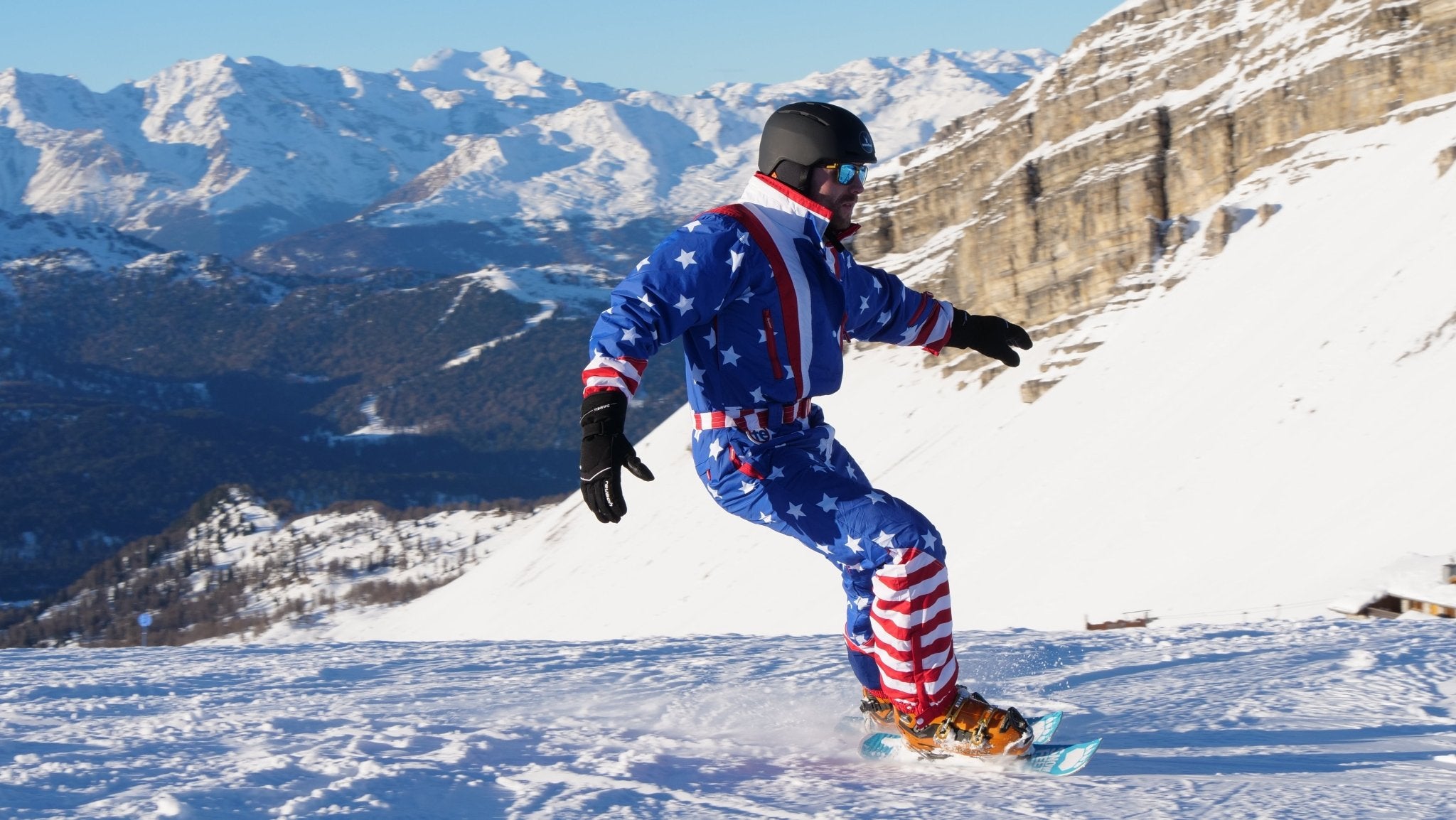
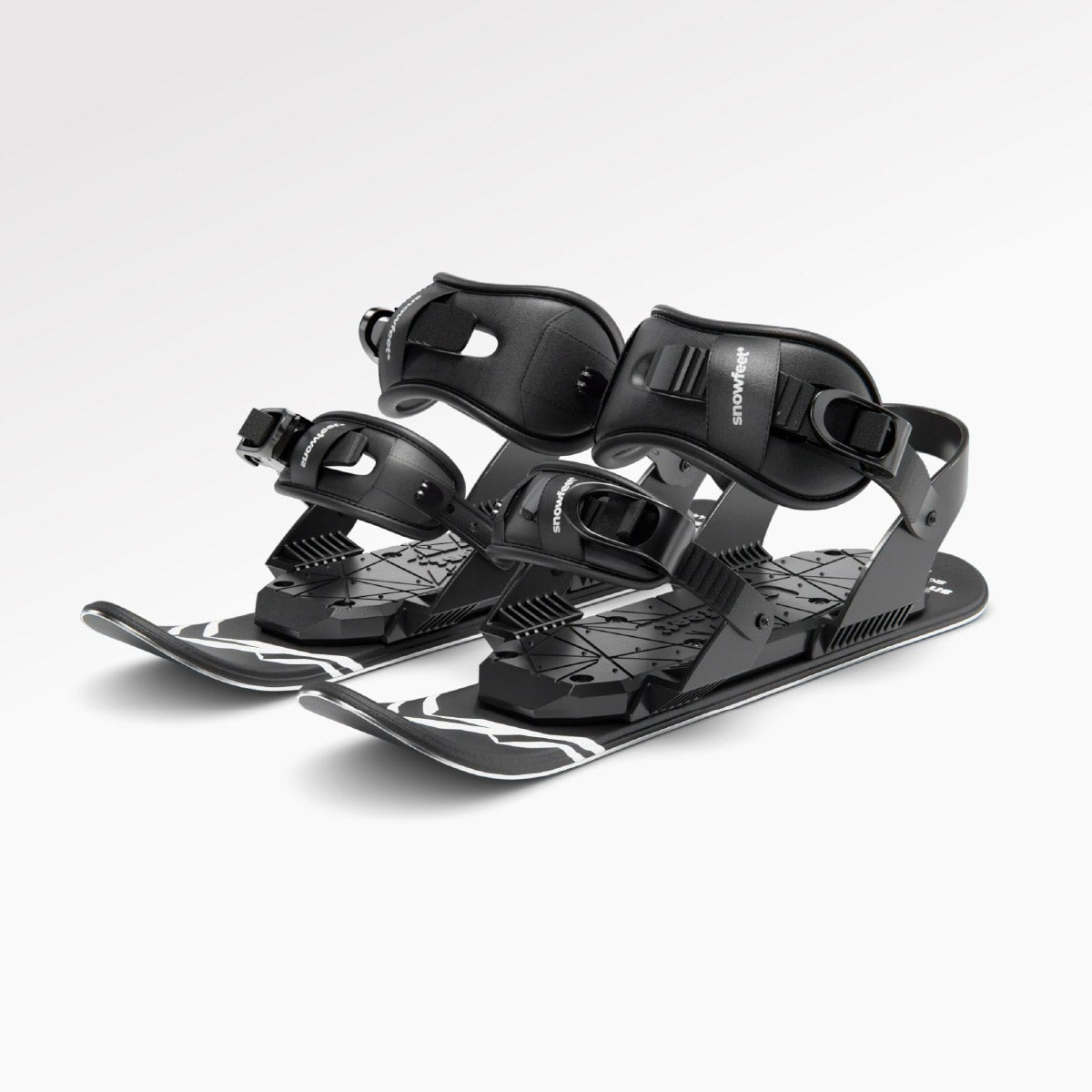
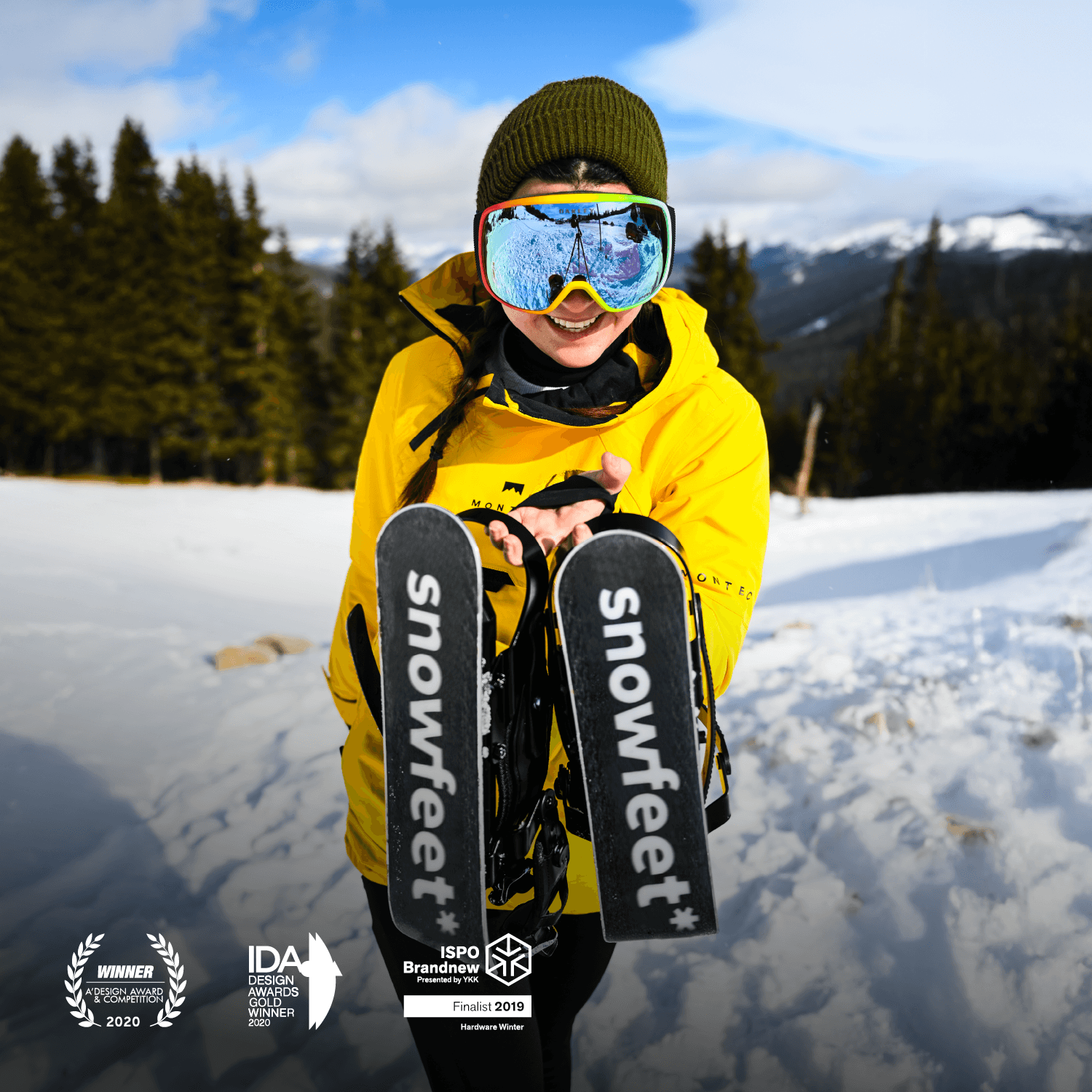
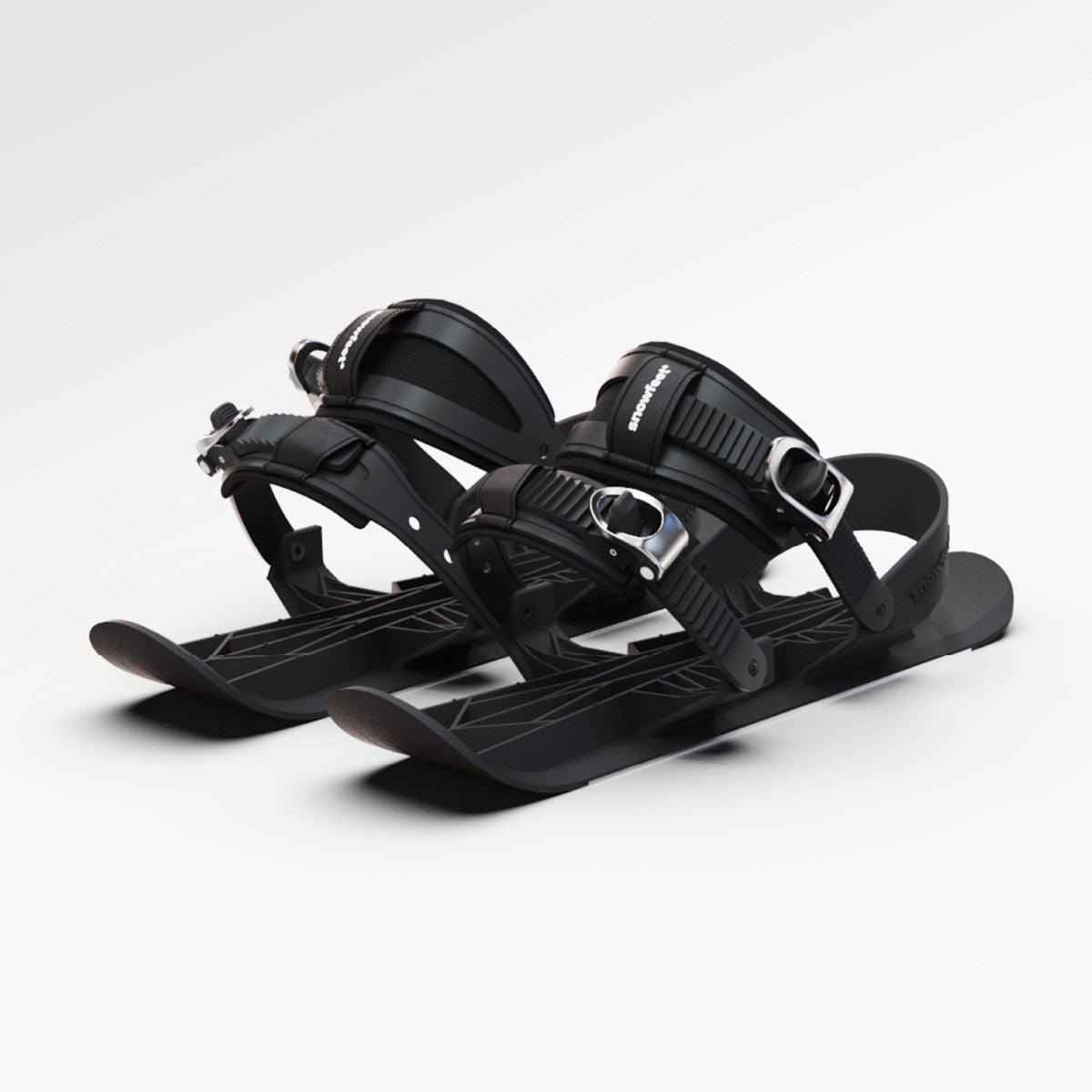
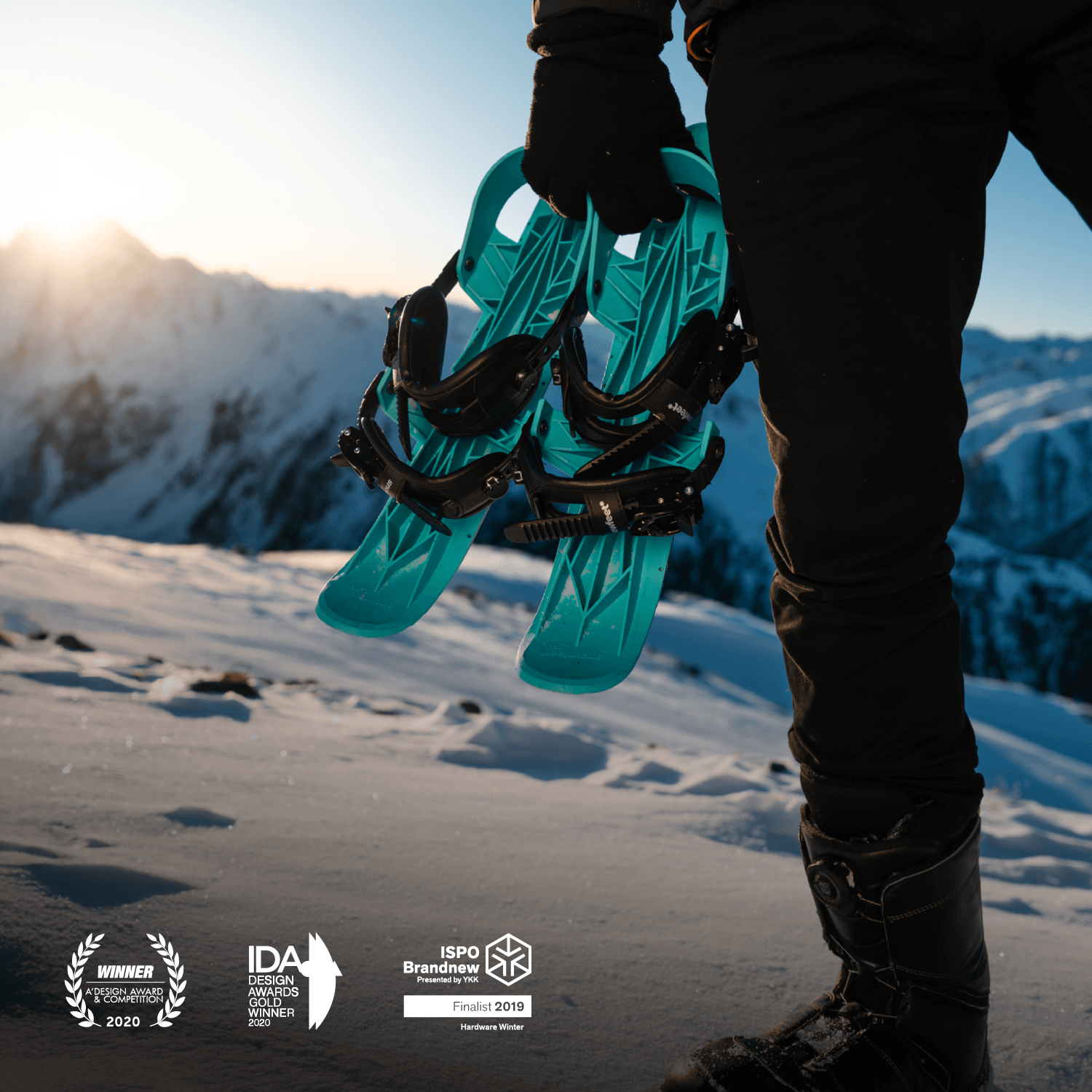
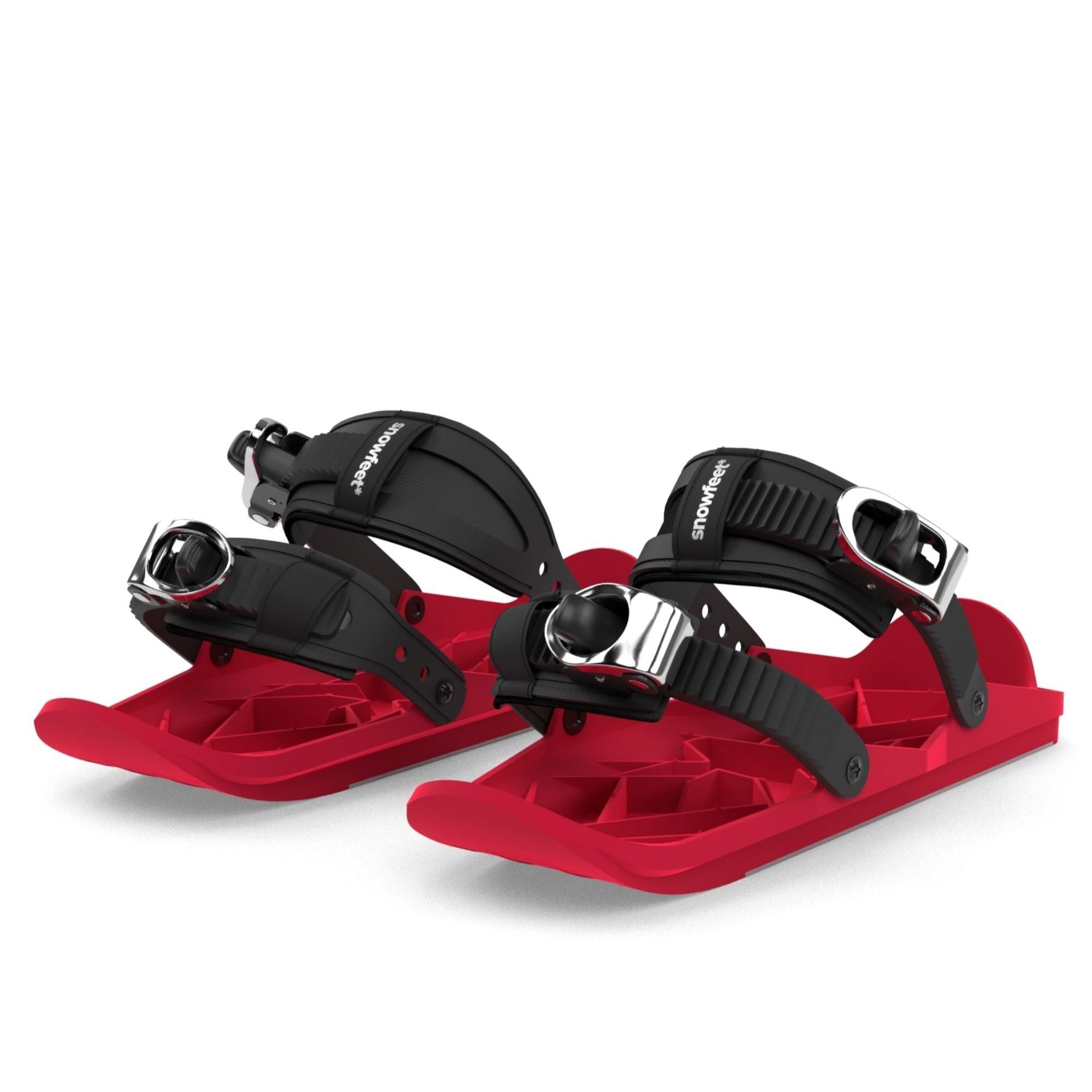
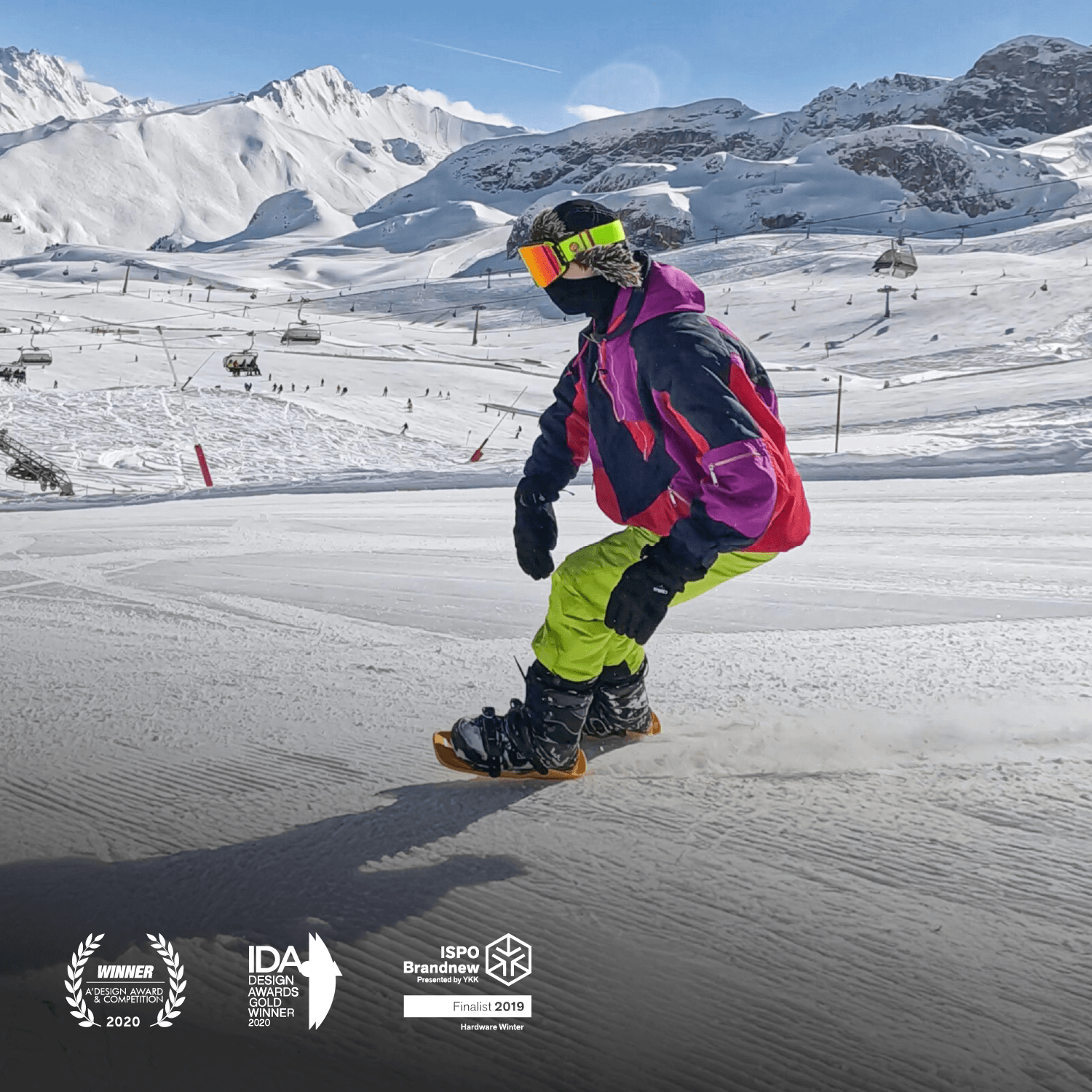
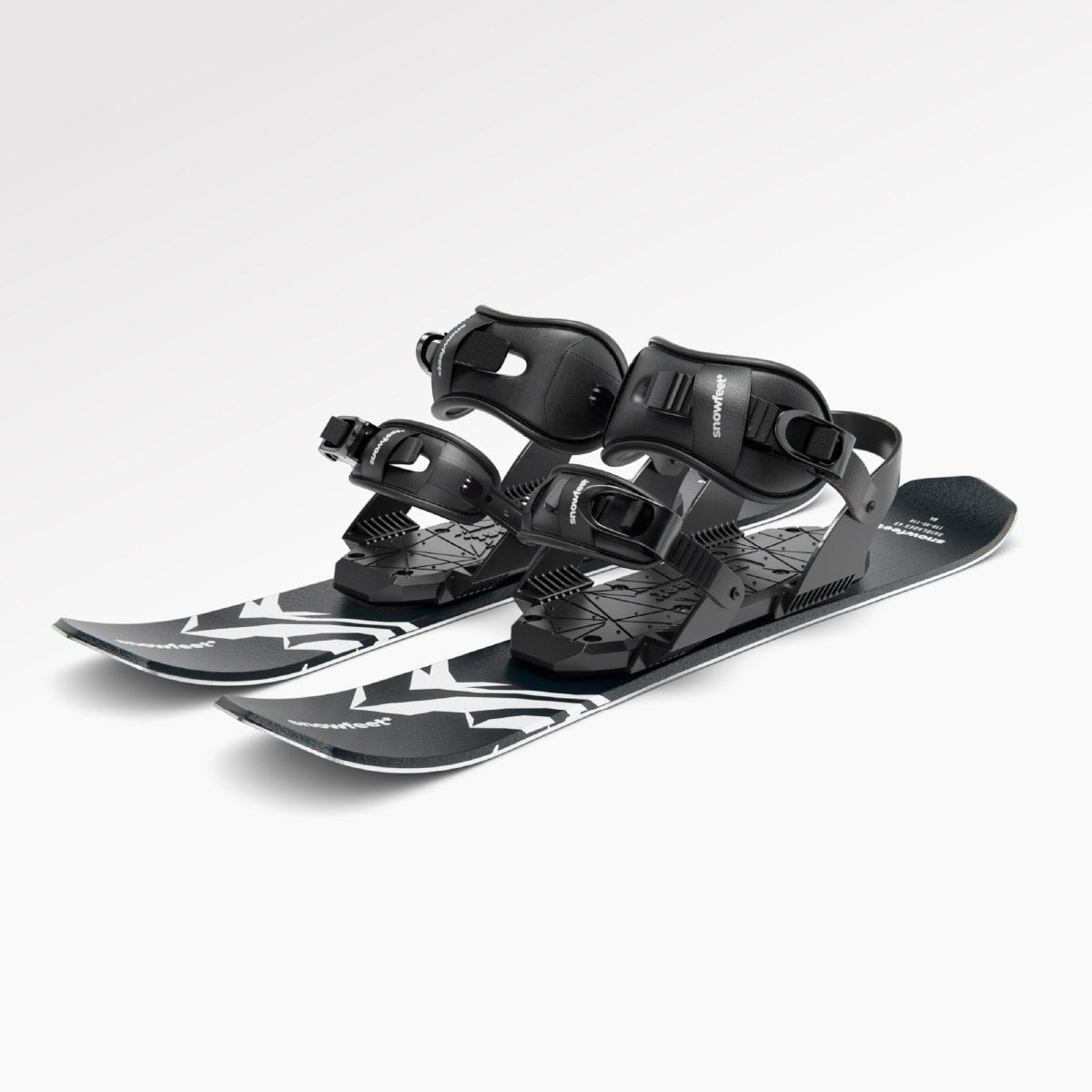
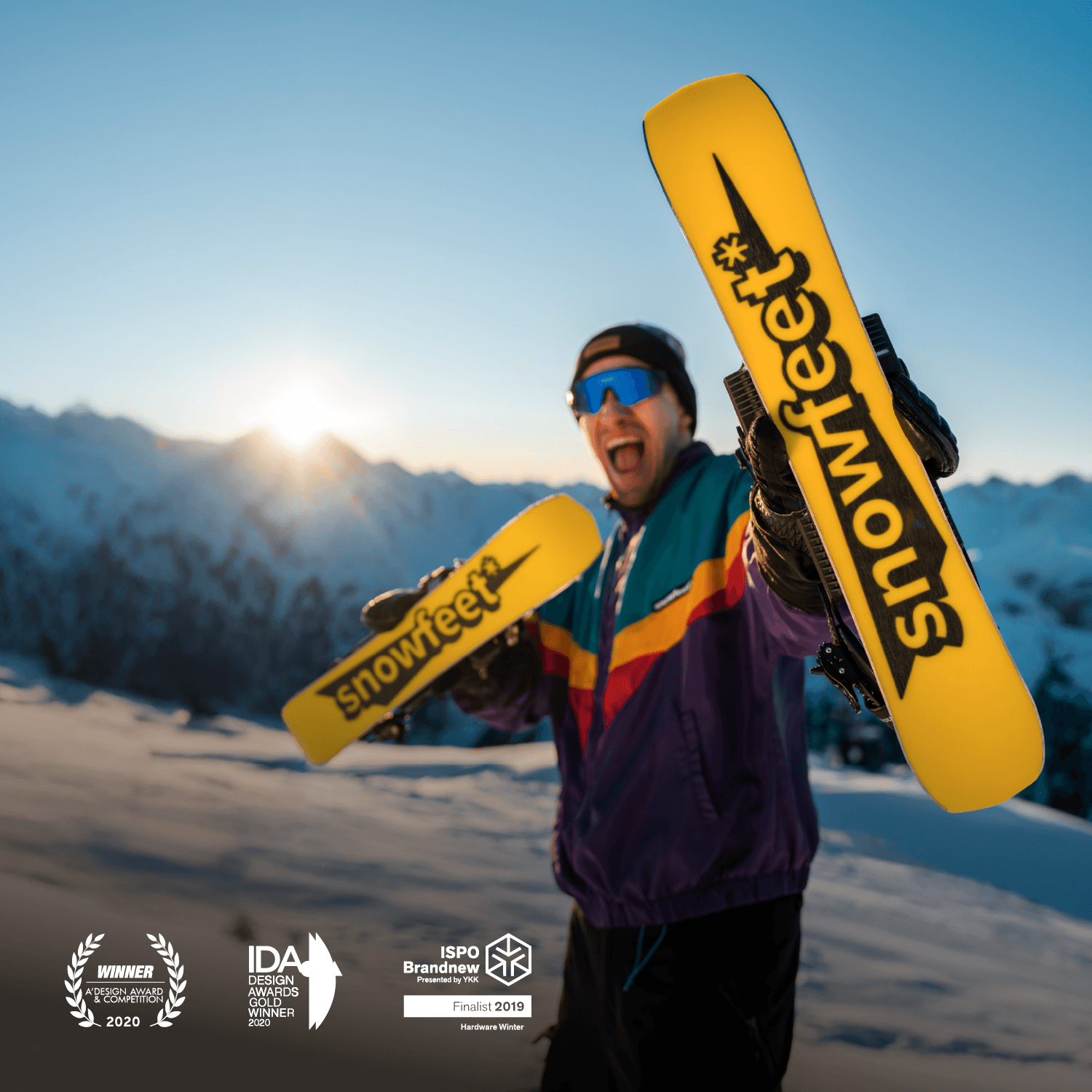
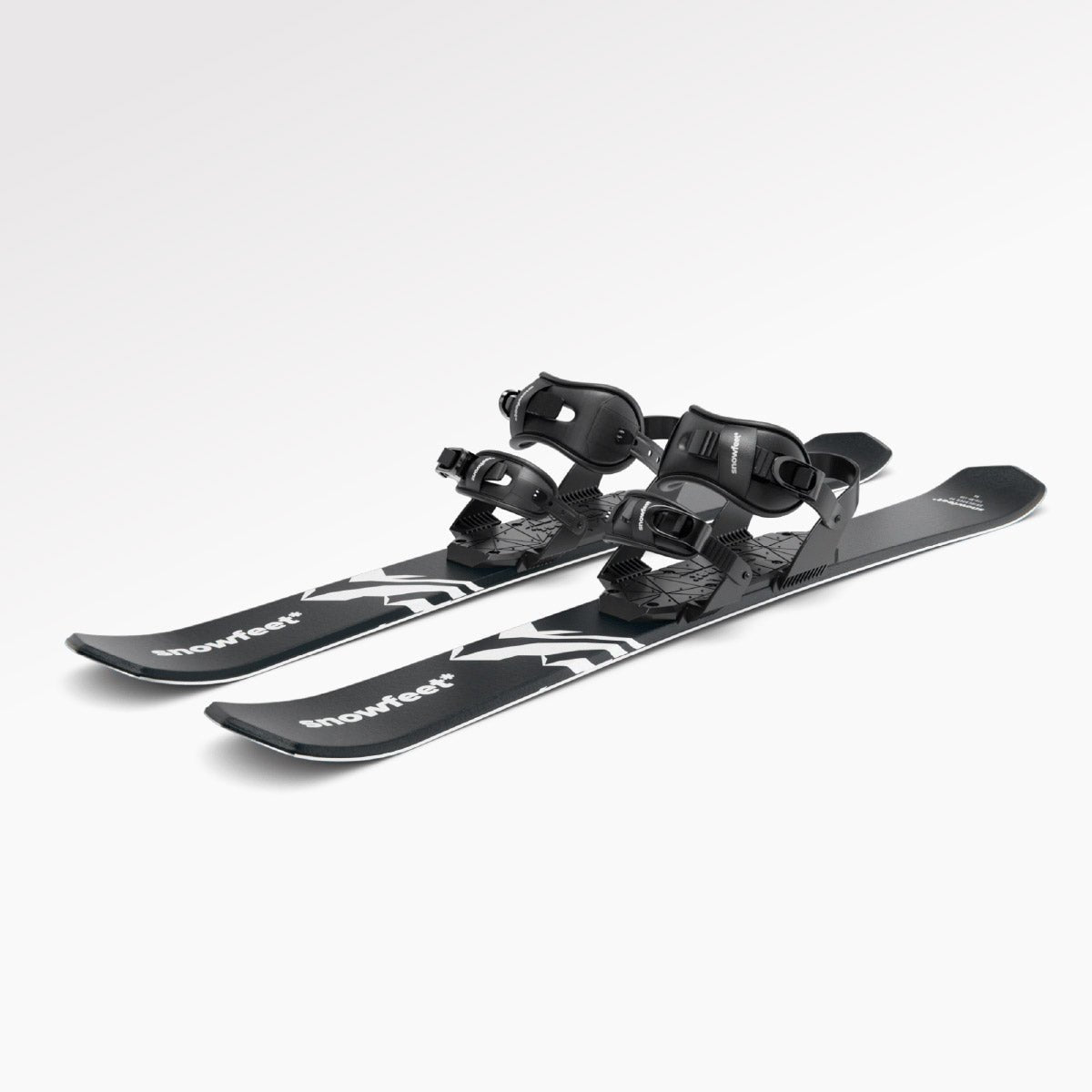
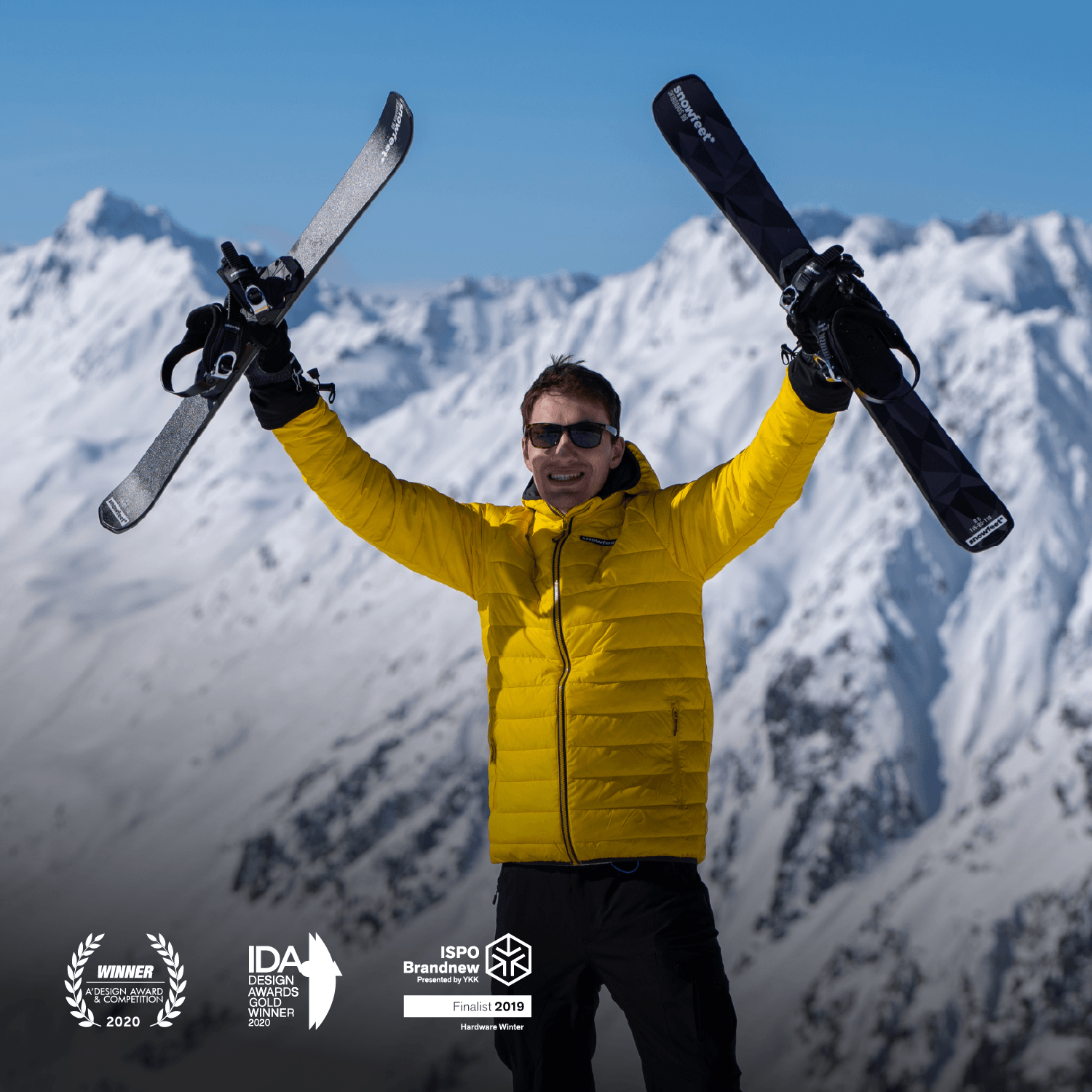
261 komentářů
rkurflwbes
Muchas gracias. ?Como puedo iniciar sesion?
mbhlrrilhh
Muchas gracias. ?Como puedo iniciar sesion?
bxfeqmunar
Muchas gracias. ?Como puedo iniciar sesion?
nyejwousyo
Muchas gracias. ?Como puedo iniciar sesion?
elexxzcttz
Muchas gracias. ?Como puedo iniciar sesion?
Zanechte komentář
Tento web je chráněn službou hCaptcha a vztahují se na něj Zásady ochrany osobních údajů a Podmínky služby společnosti hCaptcha.